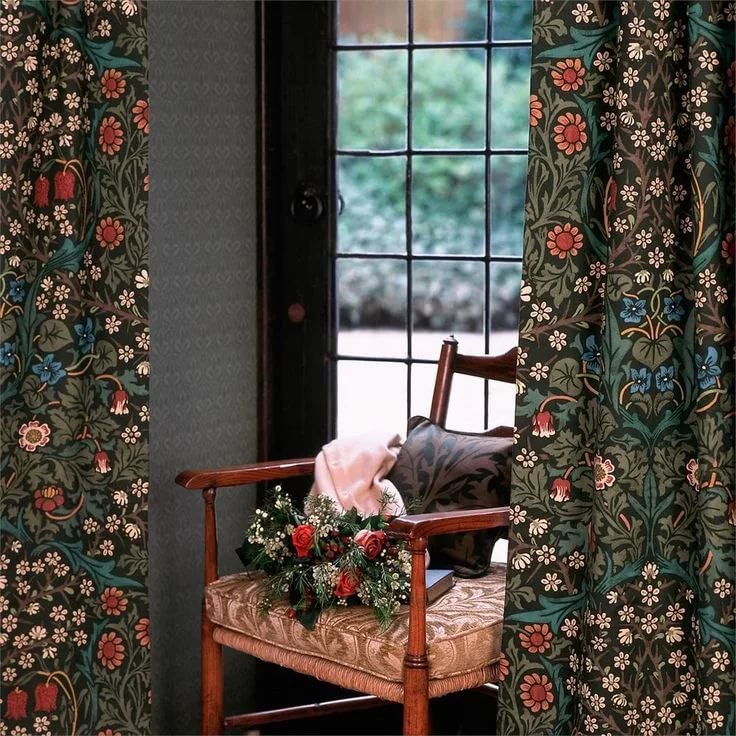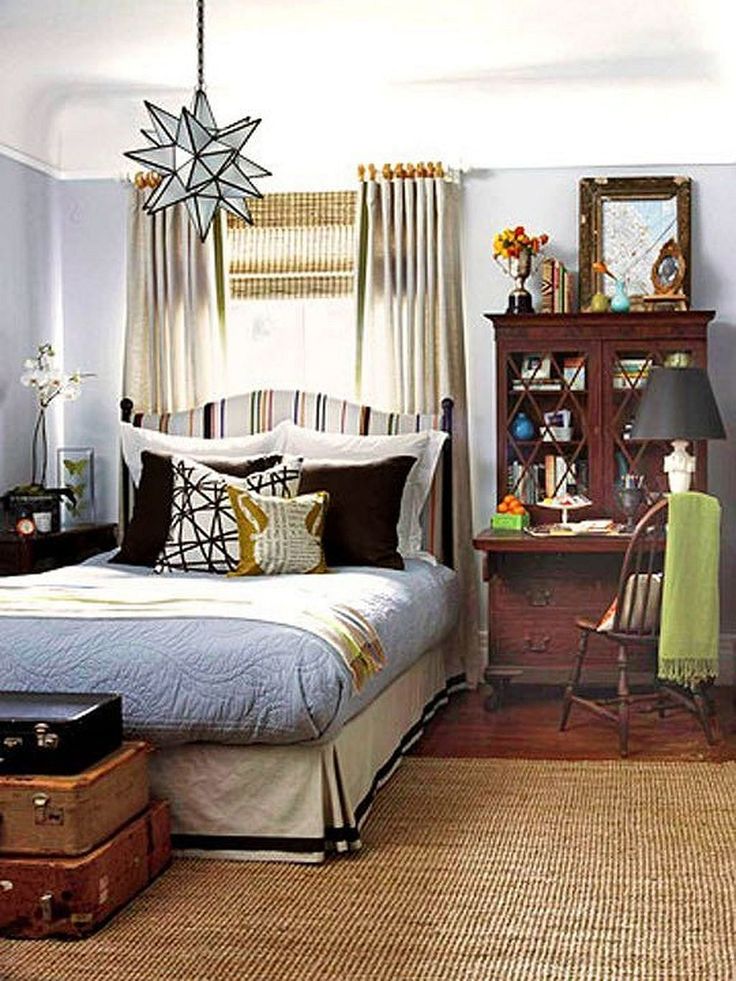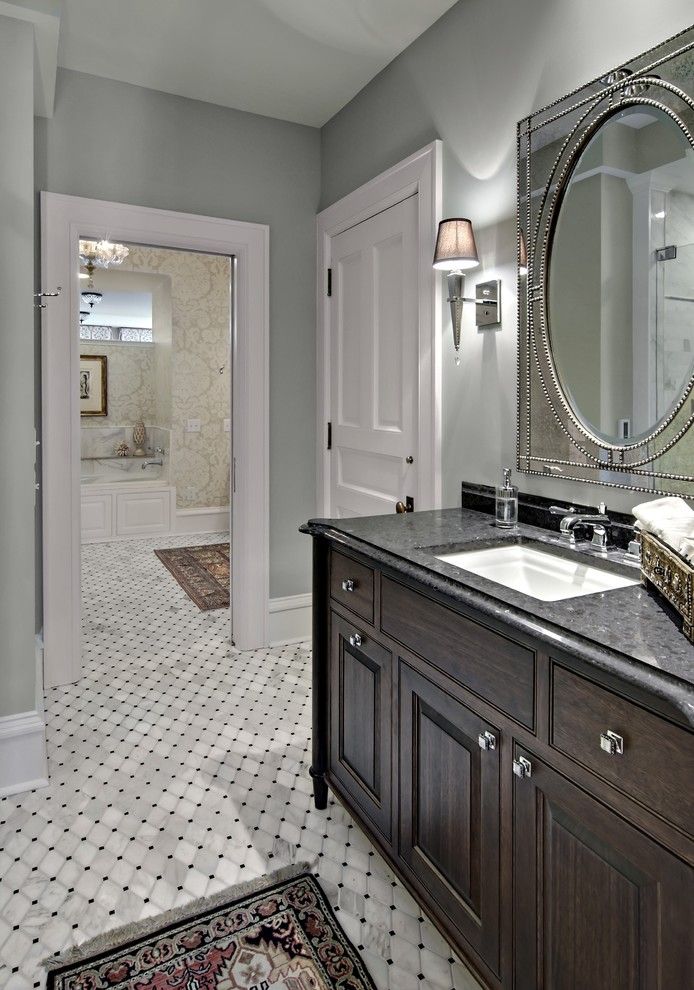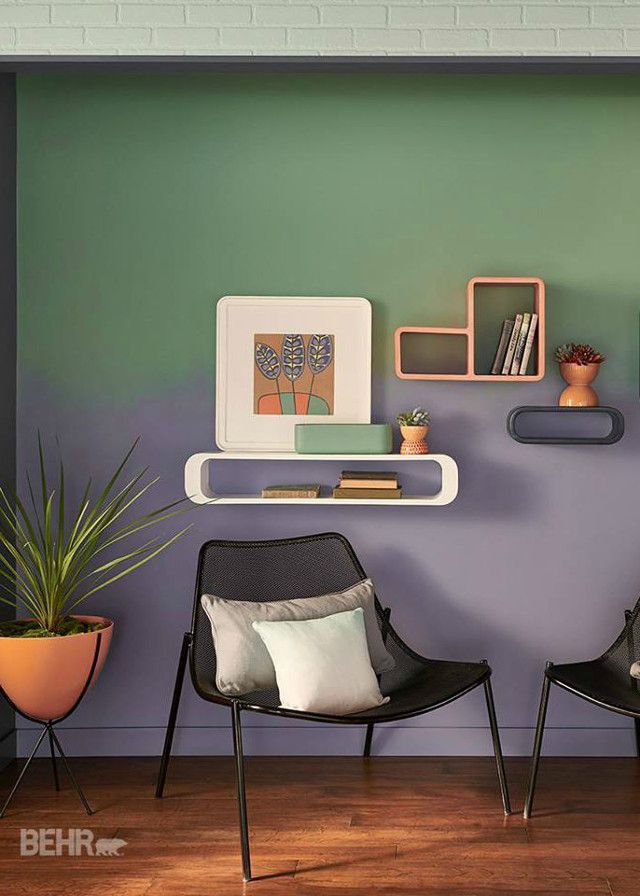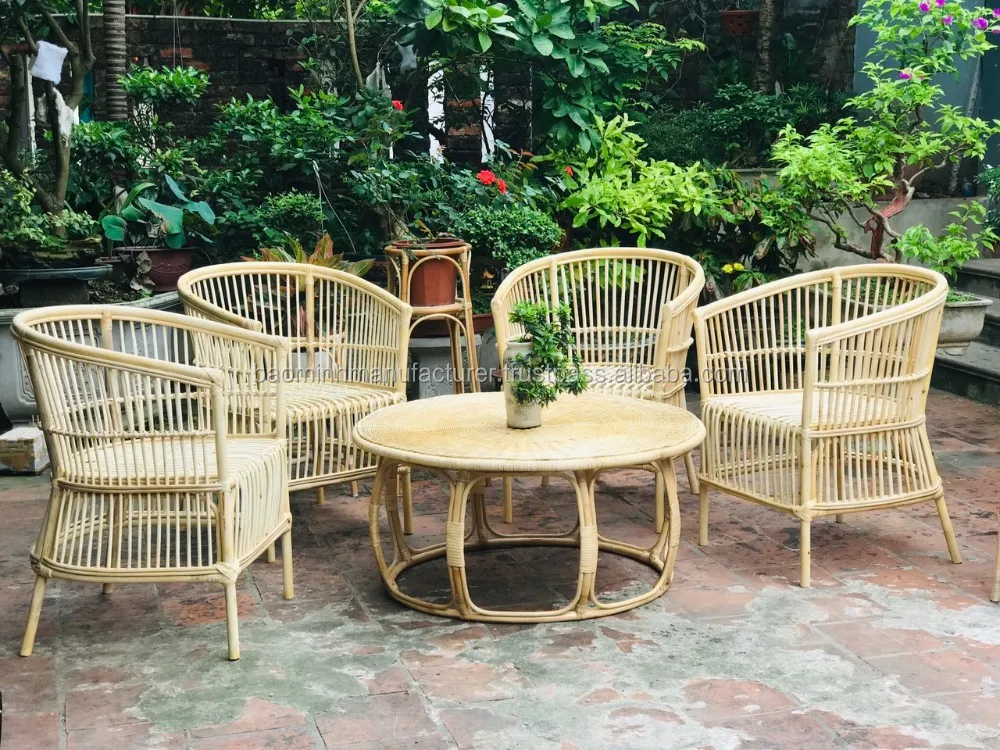William morris & co
Morris & Co. Collections
As a political theorist, publisher, environmental campaigner, poet, as well as an outstanding designer, William Morris (1834–1896) was one of the single most influential figures of the nineteenth century. Under his direction, Morris & Co. grew to the status of Arts & Crafts icon that it remains to this day.
-count- RESULTS
Cornubia Fabrics
Fabric
New
Cornubia Wallpapers
Wallpaper
New
Simply Morris Wallpapers
Wallpaper
New
Simply Morris Fabrics
Fabric
New
Morris Volume III
Fabric
Queen Square Fabrics
Fabric
Queen Square Wallpapers
Wallpaper
Compilation Wallpaper
Wallpaper
Compilation Fabric
Fabric
Rouen Velvets
Fabric
Ruskin Weaves
Fabric
Lethaby Weaves
Fabric
New
Melsetter Wallpapers
Wallpaper
New
Melsetter Fabric and Weaves
Fabric
New
Pure Morris Kindred Weaves
Fabric
Pure Morris North Fabrics
Fabric
Pure Morris North Wallpapers
Wallpaper
Morris Pure Wallpapers
Wallpaper
The Craftsman Fabrics
Fabric
The Craftsman Wallpapers
Wallpaper
Archive IV The Collector Fabrics
Fabric
Archive IV Purleigh Weaves
Fabric
Archive IV The Collector Wallpapers
Wallpaper
Morris Pure Fabrics
Fabric
Archive III Prints
Fabric
Archive III Wallpapers
Wallpaper
Woodland Embroideries
Fabric
Archive II Wallpapers
Wallpaper
Archive II Prints
Fabric
Archive Embroideries
Fabric
Archive Wallpapers
Wallpaper
Archive Prints
Fabric
Archive Weaves
Fabric
Morris Volume V Prints
Fabric
Morris Volume V Wallpapers
Wallpaper
Morris Volume IV Wallpapers
Wallpaper
morris volume iv prints and weaves
Fabric
Morris Volume II wallpapers
Wallpaper
morris wallpaper collection
Wallpaper
Morris Wallpaper Compilation
Wallpaper
Morris and Co Wallpaper | 40% Off
Fall Sale 10% Off Fabric & Wallpaper + Free Shipping | Code: FALL22
FALL Sale 10% Off Fabric & Wallpaper
+ Free Shipping | Code: FALL22
Call For An Immediate Quote
562-439-5626
M-F 7:30 to 5:00 PST
* Required
Request Quote
First Name *
Email *
Phone 1 *
Last Name *
Confirm Email *
Phone 2
* Select Customer Type*ConsumerDesignerArchitectElectricianWorkroom
* Select Product TypeQuestion OnlyTextilesWallcoveringTrimFurnitureLightingRugsOther
Wallpaper Measurements: Unfortunately, our staff is not able to calculate amount of wallpaper to be ordered.
Please contact your local wallpaper installer to determine amount required. Or use our Wallpaper Estimator
Comments
Add Another ProductTextilesWallcoveringTrimFurnitureLightingRugsOther
OR
Purchase Samples
Fill in required fields and submit order - $5 each
For a Faster Price
Please enter the pattern number or name in the search bar above to see if we carry it in our store.
Samples ARE NOT available for the following brands: Duralee, Highland Court, Pindler & Robert Allen
Wallpaper Estimator For Single Rolls
Height of walls
Length of 1st wall
Length of 2nd wall
Length of 3rd wall
Length of 4th wall
Pattern repeat
Roll width
Roll length
Note: This is only an estimate. We recommend contacting a professional wallcovering installer to confirm your exact amount.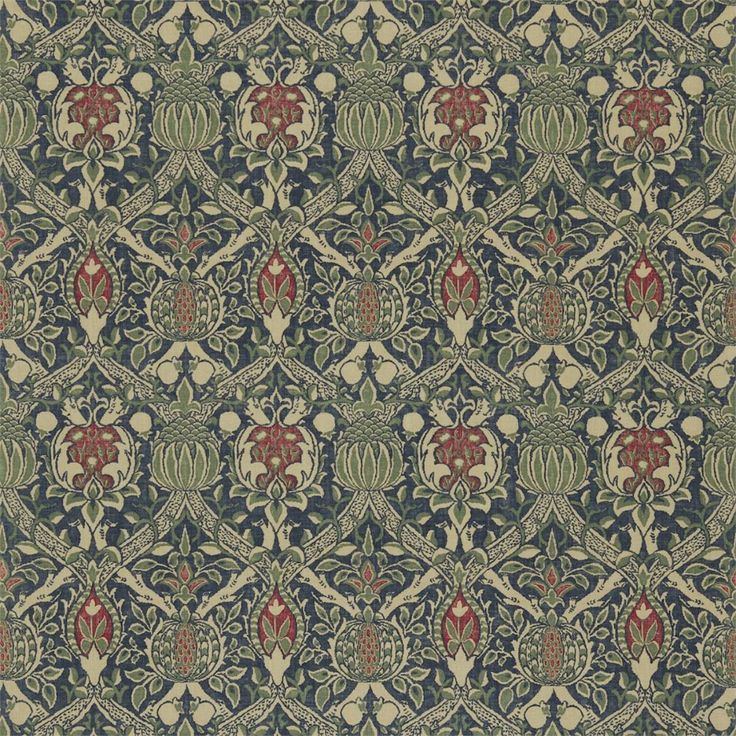 Otherwise you run the risk of under ordering or over ordering.
Otherwise you run the risk of under ordering or over ordering.
International Shipping
International shipping is available through L.A. Design Concepts. To ship internationally, you need to have an account with a freight forwarding company here in the U.S.
Many of our clients have had success with MyUS.com. MyUS.com will handle all necessary paperwork and calculate any duties or taxes that may be required for your shipment. You may also elect to use a freight forwarder of your choice.
HOW TO ORDER
Fabric, Wallpaper & Samples
1. Place your item(s) in the cart and proceed to checkout.
2. Under billing address enter your freight forwarders address.
3. Continue filling out all contact information. (ship to a different address not required)
4. Under payment options select (Wire Transfer). Your order is now pending payment. An LADC representative will confirm stock and email our wire transfer information to finalize your order.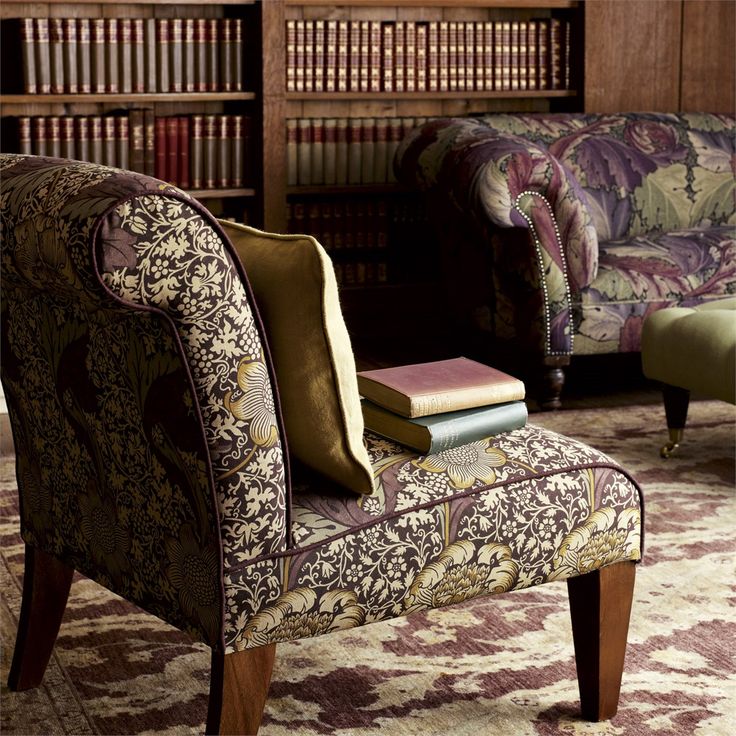
Furniture & Lighting
LADC does ship furniture & lighting internationally. Please contact office for details.
Payment
We only accept wire transfers for merchandise shipping out of the country.
Thank you for your interest in L.A. Design Concepts!
Samples
Samples are available to purchase for $5.00 each to assure color accuracy. A PURCHASE SAMPLE button is located under each product image.
Please allow 7 to 10 days to receive your samples directly from each manufacturer. Our team looks forward to helping you with your next order.
Sample Re-Order Received
Thank you for placing your sample re-order.
Please allow 7 to 10 days to receive your samples directly from each manufacturer. Our team looks forward to helping you with your next order.
We appreciate your patience.
Sample Backorder Refund
Your request for a refund has been received.
You will be refunded the cost of sample and the item will be removed from your order.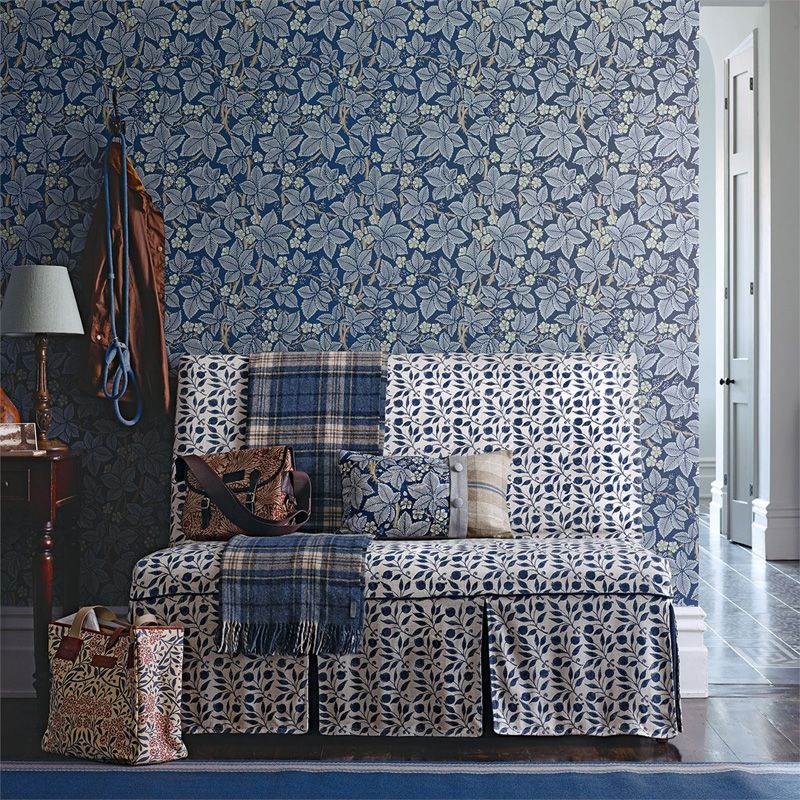
We appreciate your business.
Sample Backorder
Your request to wait for your sample has been received.
We appreciate your patience.
Samples Policy
Due to the high demand of samples.
Only 1 sample allowed per colorway.
Thank you for your understanding!
Sample Not Available
Samples are not available by the manufacturer and are on back order.
Stock is most likely available If you would like to place an order without a sample.
How We Work
L.A. Design Concepts has created the first platform of its kind featuring over 200,000 exclusive "trade only" items being made available to purchase.
Our Premier Design Service is tailored for today's consumer with discriminating taste who feels confident in making his or her own design decisions. Many interior designers and architects also elect to use our services for the convenience of expediting access to all trade lines. Our pricing structure is the same for consumers, designers and architects.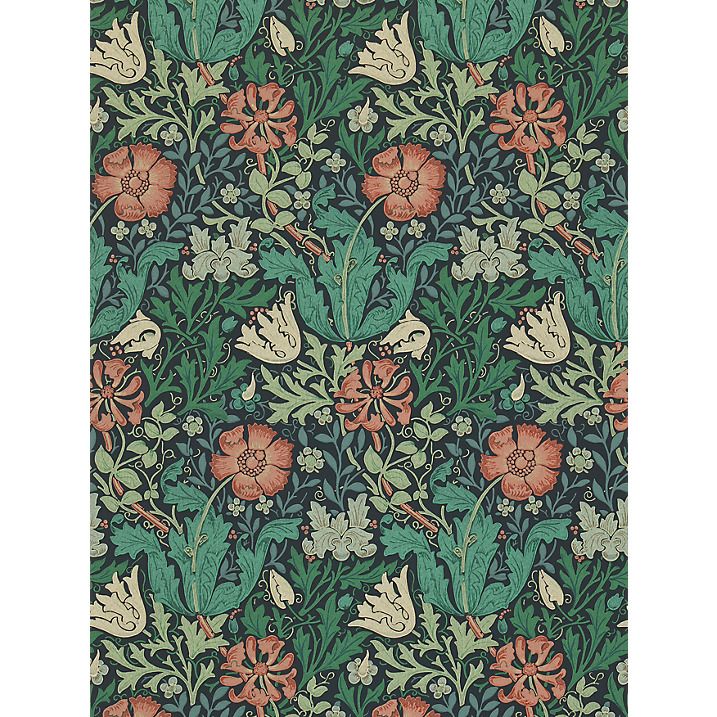
Upon making your selection, our design staff will process your order to your exact specifications. We will coordinate freight and "White Glove" delivery to your residence or project site. If you require assistance specifying your finish options or sizing, please contact our design staff. (562) 439-5626
L.A. Design Concepts has been bringing designer furnishings into homes since 1987.
Our Story
Our story begins in 1987 when founder and designer Frank Keshishian launched L.A. Design Concepts a residential interior design firm.
While Mr. Keshishian designed homes for his clients, he recognized a fast growing market of consumers who preferred to make their own design decisions. Understanding that desire, Frank created the first design service offering consumer access to designer "trade only" furnishings.
In 1988, L.A. Design Concepts was nationally recognized as a groundbreaking company revolutionizing consumer access.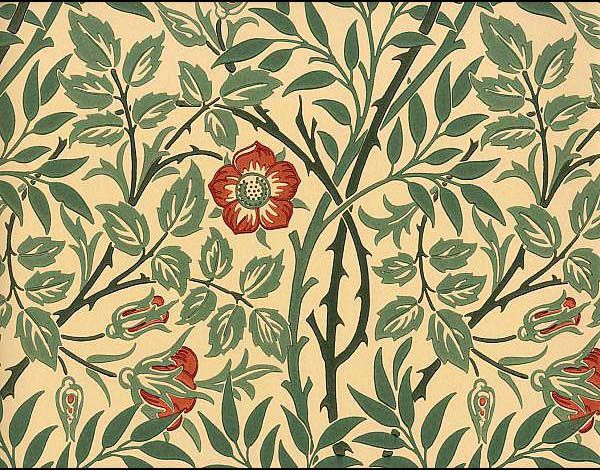 The Pacific Design Center in Los Angeles was very intrigued with L. A. Design Concepts working model and approached Frank in 1990 to formulate a consumer service program within their design center. L.A. Design Concepts was now the first service within a design center providing consumer access to “trade only�? furnishings. Shortly thereafter, an increasing number of interior designers and architects recognized the value of streamlining their access through one single source. Our service allowed designers to focus on designing for their clients without having to maintain accounts with each individual manufacturer.
The Pacific Design Center in Los Angeles was very intrigued with L. A. Design Concepts working model and approached Frank in 1990 to formulate a consumer service program within their design center. L.A. Design Concepts was now the first service within a design center providing consumer access to “trade only�? furnishings. Shortly thereafter, an increasing number of interior designers and architects recognized the value of streamlining their access through one single source. Our service allowed designers to focus on designing for their clients without having to maintain accounts with each individual manufacturer.
Price Matching
Order From The Most Trusted Source
We are happy to match a competitive price from another authorized retailer to guarantee you the best value. Unfortunately, we are not able to price match from companies located in the United Kingdom since pricing in the U.K. DO NOT include duties or taxes when shipping to the United States.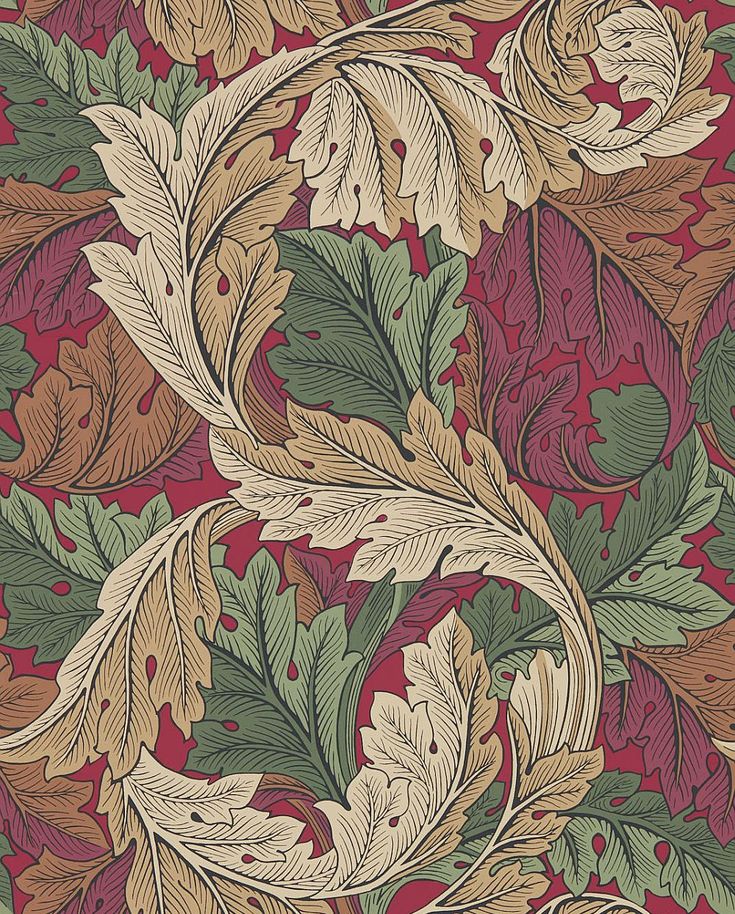
Please email your lower price quote or link displaying a lower price to pricematch@ladesignconcepts.com. Also include a contact phone number in case we have any questions.
See what our clients are saying: REVIEWS
Thank you for your interest in L.A. Design Concepts!
We have the Most Advanced color search tool Search over 100k patterns in seconds
TRY ME NOW
William Morris - the story of Morris wallpaper and other creations: how to create unique ornaments
Interior
Englishman William Morris distinguished himself in various fields, but he went down in history as the man who first declared design a high art.
If William Morris had been told that a century and a half later he would be remembered only as one of the founders of the Arts and Crafts movement (arts and crafts), he would certainly be surprised, if not offended.
Photograph of William Morris (1834–1896) taken in London in the 1870s
Bridgeman/fotodom; Victoria and Albert Museum, London; Andreas Von Einsiedel/NTPL; Nadia Mackentie/ntpl; Jonathan gibson/ntpl; Akg Images/east news; press service archive
Morris worked with enviable enthusiasm in many humanitarian fields. In his youth, he tried himself as an artist, however, he did not particularly succeed - the founder of the Pre-Raphaelite brotherhood, Dante Gabriel Rossetti, ridiculed his attempts to write.
Fireplace in the Oak Room at Whitewick Manor, West Midlands, architect Theodor Mander, designer Edward Ould. Curtains Cray by Morris
Bridgeman/fotodom; Victoria and Albert Museum, London; Andreas Von Einsiedel/NTPL; Nadia Mackentie/ntpl; Jonathan gibson/ntpl; Akg Images/east news; press service archive
On the other hand, Morris became a professional art critic and medievalist. In addition, he was an active public figure (in 1885 he participated in the creation of the Socialist League and often wrote for its magazine The Commonweal), as well as a poet, translator and publisher (founded the Kelmscott Press).
Armchair upholstered in Bird wool, circa 1870
Bridgeman/fotodom; Victoria and Albert Museum, London; Andreas Von Einsiedel/NTPL; Nadia Mackentie/ntpl; Jonathan gibson/ntpl; Akg Images/east news; archive of the press service
The main thing that determined the path of Morris in art and his style was the Middle Ages, which he studied and idolized. The dense ornamentation on the wallpaper, fabrics and carpets of Morris is reminiscent of medieval tapestries; stained-glass windows and wood paintings are Gothic analogues, and even the books designed by him are similar to manuscripts of the 11th-13th centuries.
Page and cover of William Morris' A Book of Verse, 1870
Bridgeman/fotodom; Victoria and Albert Museum, London; Andreas Von Einsiedel/NTPL; Nadia Mackentie/ntpl; Jonathan gibson/ntpl; Akg Images/east news; press office archive
Page from Omar Khayyam's Rubaiyat, translated by William Morris, 1872 edition with illustrations by Morris himself, Charles Fairfax Murray and Edward Burne-Jones
Bridgeman/fotodom; Victoria and Albert Museum, London; Andreas Von Einsiedel/NTPL; Nadia Mackentie/ntpl; Jonathan gibson/ntpl; Akg Images/east news; press service archive
Page and cover of William Morris' A Book of Verse, 1870
Bridgeman/fotodom; Victoria and Albert Museum, London; Andreas Von Einsiedel/NTPL; Nadia Mackentie/ntpl; Jonathan gibson/ntpl; Akg Images/east news; archive of the press service
But one should not think that Morris was mindlessly copying.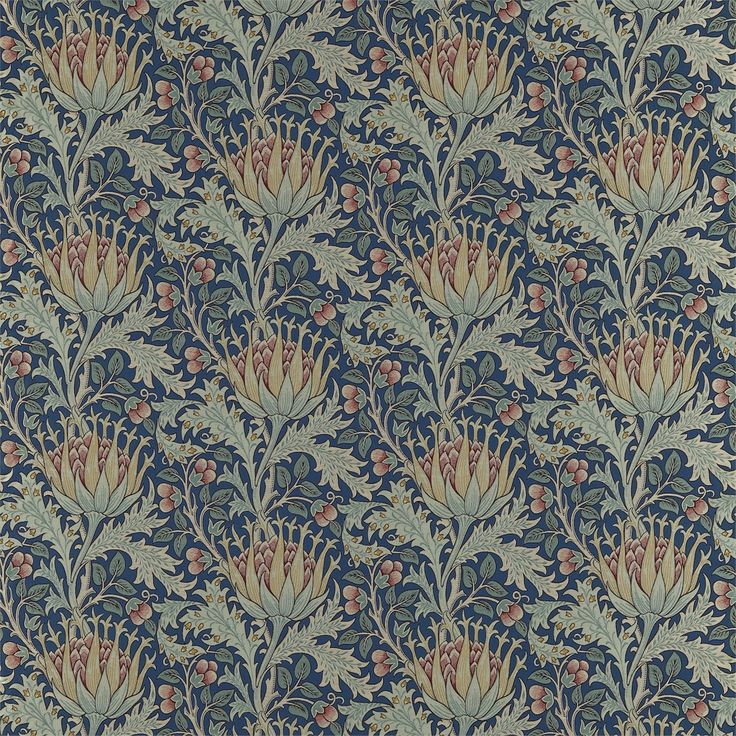 In his ornaments, he tried to “cross” Gothic with naturalism and believed that nature is the best source of inspiration.
In his ornaments, he tried to “cross” Gothic with naturalism and believed that nature is the best source of inspiration.
Sample wallpaper designed by William Morris, Chrysanthemum (1886)
Bridgeman/fotodom; Victoria and Albert Museum, London; Andreas Von Einsiedel/NTPL; Nadia Mackentie/ntpl; Jonathan gibson/ntpl; Akg Images/east news; press office archive
Sample wallpaper designed by William Morris, Kennet (1883)
Bridgeman/fotodom; Victoria and Albert Museum, London; Andreas Von Einsiedel/NTPL; Nadia Mackentie/ntpl; Jonathan gibson/ntpl; Akg Images/east news; press service archive
In one of his lectures, he said: “Any embellishment is meaningless if it does not evoke pleasant memories. Wouldn't it be better to have wallpapers or curtains that evoke thoughts of Picardy meadows or vines in your garden than dull rows of fake flowers and leaves that can only be counted out of boredom?
Living room of writer Thomas Carlisle in London with Willow Bough wallpaper and tablecloth designed by Morris
Bridgeman/fotodom; Victoria and Albert Museum, London; Andreas Von Einsiedel/NTPL; Nadia Mackentie/ntpl; Jonathan gibson/ntpl; Akg Images/east news; press service archive
He urged his contemporaries to base their ornaments on simple English flowers: roses, lilies and daisies, rather than exotic overseas plants.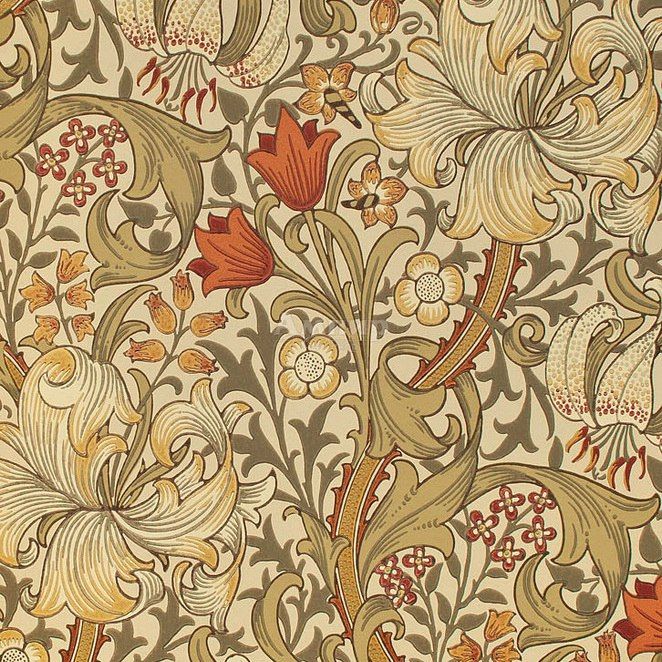 And he himself set an example: the very first wallpaper that Morris invented in 1862 - Trellis - was “copied” from a rose bush from his own garden.
And he himself set an example: the very first wallpaper that Morris invented in 1862 - Trellis - was “copied” from a rose bush from his own garden.
Trellis wallpaper (Morris' first wallpaper ornament) from the entrance hall of Standen House in Sussex. While sketching, Morris decided he was not good at birds and asked his friend, the architect Philip Webb, to draw them
Bridgeman/fotodom; Victoria and Albert Museum, London; Andreas Von Einsiedel/NTPL; Nadia Mackentie/ntpl; Jonathan gibson/ntpl; Akg Images/east news; archive of the press service
Although Morris is considered one of the promoters of wallpaper, he was not an ardent admirer of them. At home, he practically did not use them, preferring fabrics and tapestries. Morris, like many wealthy Victorians, was a victim of the prejudice that wallpaper was a cheap decor option. On the other hand, the principles of wallpaper production (since 1813 they were printed on steam-powered machines) ran counter to Morris's desire to restore and preserve craft skills and manual labor.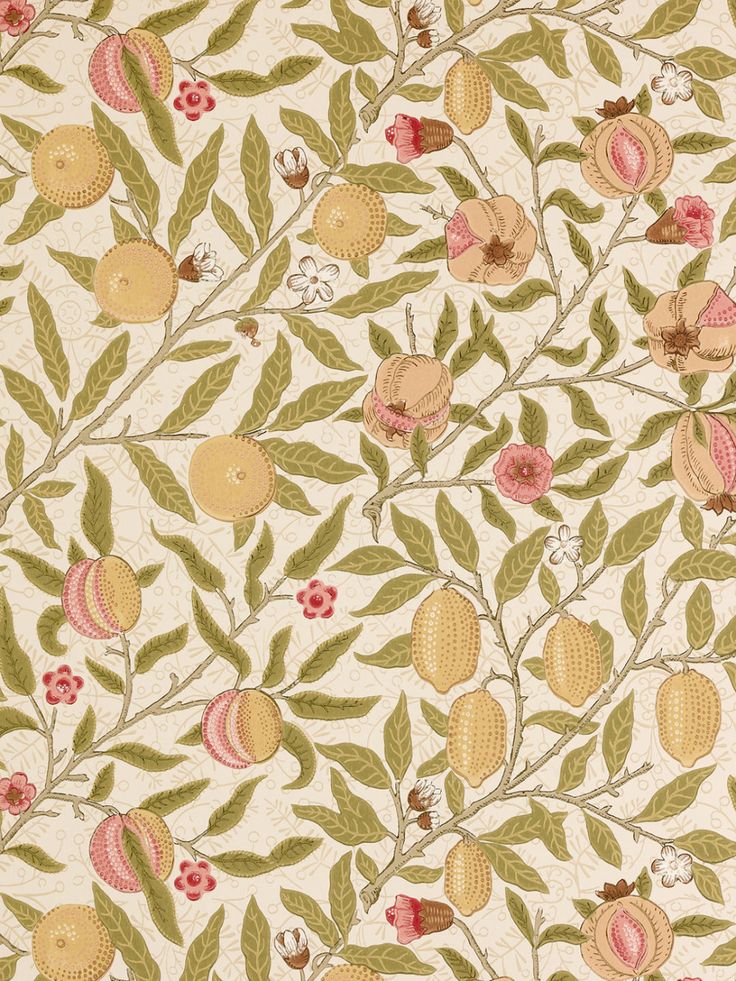
See also: William Morris' mansion in Kelmscott
William Morris' bedroom at Kelmscott Manor, his summer residence in Oxfordshire
Bridgeman/fotodom; Victoria and Albert Museum, London; Andreas Von Einsiedel/NTPL; Nadia Mackentie/ntpl; Jonathan gibson/ntpl; Akg Images/east news; archive of the press service
“We, designers and artists, are now the only representatives of handicraft art, which in the conditions of market production is actually dying out,” he said. Unfortunately, the views of Morris the designer were contrary to the principles of Morris the socialist.
Willow, Artichoke, Scroll and Pimpernel wallpaper from the Archive Prints collection by Morris & Co. in 2011 in honor of the 150th anniversary of the factory
Bridgeman/fotodom; Victoria and Albert Museum, London; Andreas Von Einsiedel/NTPL; Nadia Mackentie/ntpl; Jonathan gibson/ntpl; Akg Images/east news; archive of the press service
He believed that beautiful and comfortable houses, furniture, decor items should be available to the masses, and this was hardly possible without the development of machine production.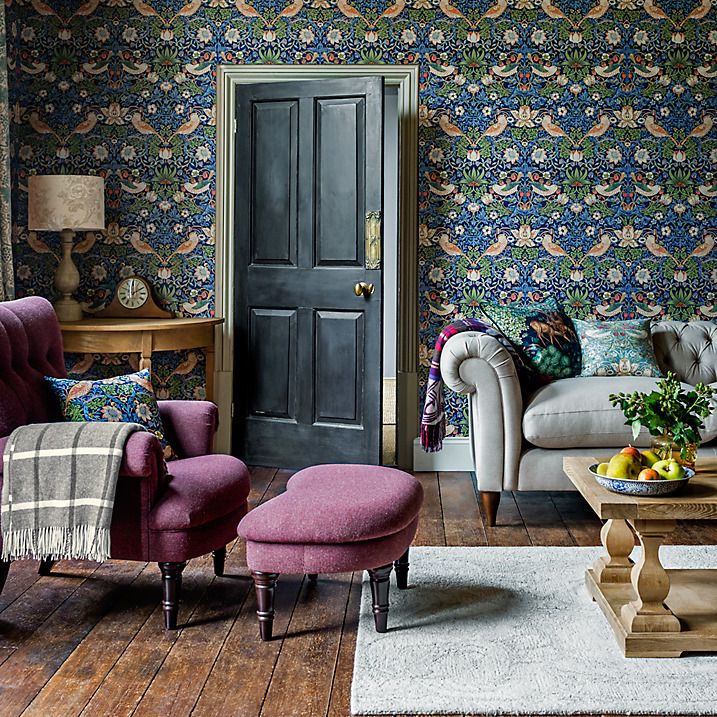 Even paper wallpapers designed by Morris (not to mention fabrics, furniture and glass) were far from affordable for everyone - because of the complex multi-color patterns, the process of making them was long and expensive.
Even paper wallpapers designed by Morris (not to mention fabrics, furniture and glass) were far from affordable for everyone - because of the complex multi-color patterns, the process of making them was long and expensive.
Sample tiles designed by William Morris from the archives of the Victoria and Albert Museum, London, 1875 ornament
Bridgeman/fotodom; Victoria and Albert Museum, London; Andreas Von Einsiedel/NTPL; Nadia Mackentie/ntpl; Jonathan gibson/ntpl; Akg Images/east news; press office archive
Sample tiles designed by William Morris from the archives of the Victoria and Albert Museum, London, 1860 ornament
Bridgeman/fotodom; Victoria and Albert Museum, London; Andreas Von Einsiedel/NTPL; Nadia Mackentie/ntpl; Jonathan gibson/ntpl; Akg Images/east news; press service archive
Sample tiles designed by William Morris from the archives of the Victoria and Albert Museum, London, 1864 ornament
Bridgeman/fotodom; Victoria and Albert Museum, London; Andreas Von Einsiedel/NTPL; Nadia Mackentie/ntpl; Jonathan gibson/ntpl; Akg Images/east news; press office archive
Samples of tiles designed by William Morris from the archives of the Victoria and Albert Museum, London, 1864 ornaments
Bridgeman/fotodom; Victoria and Albert Museum, London; Andreas Von Einsiedel/NTPL; Nadia Mackentie/ntpl; Jonathan gibson/ntpl; Akg Images/east news; press service archive
Admittedly, Morris's style did not come into fashion immediately and never gained absolute popularity. For example, Oscar Wilde hated his ornaments. In the early 1860s, they were of interest only to friends and colleagues of Morris - designers, poets, artists, and only by the 1880s penetrated middle-class homes and decorators' reference books.
For example, Oscar Wilde hated his ornaments. In the early 1860s, they were of interest only to friends and colleagues of Morris - designers, poets, artists, and only by the 1880s penetrated middle-class homes and decorators' reference books.
Archival pattern of wallpaper depicting pomegranates, lemons and olives, 1862. This pattern formed the basis of the famous Fruit 9 wallpaper0003
Bridgeman/fotodom; Victoria and Albert Museum, London; Andreas Von Einsiedel/NTPL; Nadia Mackentie/ntpl; Jonathan gibson/ntpl; Akg Images/east news; press office archive
A contemporary interpretation of the Fruit wallpaper, part of the Archive Prints collection by Morris & Co. in 2011
Bridgeman/fotodom; Victoria and Albert Museum, London; Andreas Von Einsiedel/NTPL; Nadia Mackentie/ntpl; Jonathan gibson/ntpl; Akg Images/east news; archive of the press service
Many wealthy people began to order from Morris not only wallpapers and fabrics, but also entire interiors.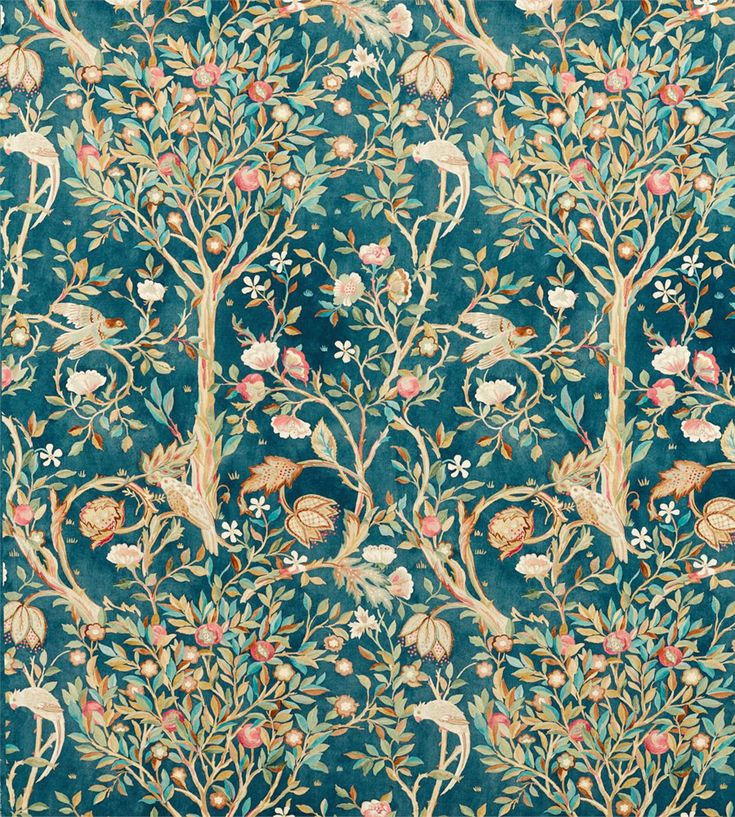 He was known as a jack of all trades: clients instructed him to design walls and windows, choose furniture, tile a fireplace.
He was known as a jack of all trades: clients instructed him to design walls and windows, choose furniture, tile a fireplace.
Design by Philip Webb, painted by William Morris with scenes from the life of St. George, 1861-1862
Bridgeman/fotodom; Victoria and Albert Museum, London; Andreas Von Einsiedel/NTPL; Nadia Mackentie/ntpl; Jonathan gibson/ntpl; Akg Images/east news; press office archive
It was Morris' versatility and recognizable style that made him the first British interior designer in the modern sense of the word.
Morris stained glass, King Arthur and Sir Lancelot from the Tristan and Isolde series, commissioned by merchant Walter Dunlop, 1862, Bradford
Bridgeman/fotodom; Victoria and Albert Museum, London; Andreas Von Einsiedel/NTPL; Nadia Mackentie/ntpl; Jonathan gibson/ntpl; Akg Images/east news; press office archive
Morris stained glass window, Angel with Violin, 1861, All Saints Church, Selsley
Bridgeman/fotodom; Victoria and Albert Museum, London; Andreas Von Einsiedel/NTPL; Nadia Mackentie/ntpl; Jonathan gibson/ntpl; Akg Images/east news; press office archive
Morris stained glass window, “In the beginning was the word”, 1861, All Saints Church, Selsley
Bridgeman/fotodom; Victoria and Albert Museum, London; Andreas Von Einsiedel/NTPL; Nadia Mackentie/ntpl; Jonathan gibson/ntpl; Akg Images/east news; press service archive
Text: Ksenia Oshchepkova
Photo: Bridgeman/fotodom; Victoria and Albert Museum, London; Andreas Von Einsiedel/NTPL; Nadia Mackentie/ntpl; Jonathan gibson/ntpl; Akg Images/east news; press archive
William Morris
9015 Genres:
William Morris - English writer, poet, publicist, politician, artist, designer, engraver, a truly renaissance personality. In 1859, William married Jane Burden, who is depicted in many paintings and photographs by DG Rossetti as a "femme fatale". In the same year, Morris and his wife moved into his famous "Red House", which was specially designed for him by his friend Phillip Webb. In 1861, together with Webb, Rossetti, Burne-Jones, F. M. Brown, Marshall and Charles Faulkner, Morris founded the firm of Morris, Marshall, Faulkner and Co. The company was engaged in the production of furniture, fabrics, carpets. Morris also played an important role in the development of private printing, establishing his own publishing house, Kelmscott Press, in 1890. Until now, a collection of works by W. Morris and his contemporaries is kept in his London house, in Welthamstow and in the estate of Kelmscott (Oxfordshire). Morris began in literature as a poet (The Defense of Guenevere and Other Poems, 1858). Among other works is the voluminous poem "The Life and Death of Jason" (1867), so appreciated by Borges and based on Scandinavian and Greek legends, the cycle of poems "The Earthly Paradise" (1868). The origins of William's fairy tale fiction (considered by many critics to be his most significant works, original in concept and execution, although written under the undoubted influence of Old Norse folklore and the Homeric epic) "A Tale of the House of the Wolfings" (1889 .), "The Roots of the Mountains" (1890), "The Well at the World's End" (1896), "The Wood Beyond the World" (1894) had a huge impact on subsequent fantasy creators - Tolkien, Lewis, Dunsany and others. Author of theoretical works and lectures on art, one of the first English socialists, founder of the Socialist League. As a member of the Social Democratic Federation and the Socialist League, Morris' work as a socialist includes his lectures, the story The Dream of John Ball (1888), the utopian novel News from Nowhere, or the Age of Peace (1890), poems in the collection "Poems by the Way" (1891) and a number of other works. Learn more
|
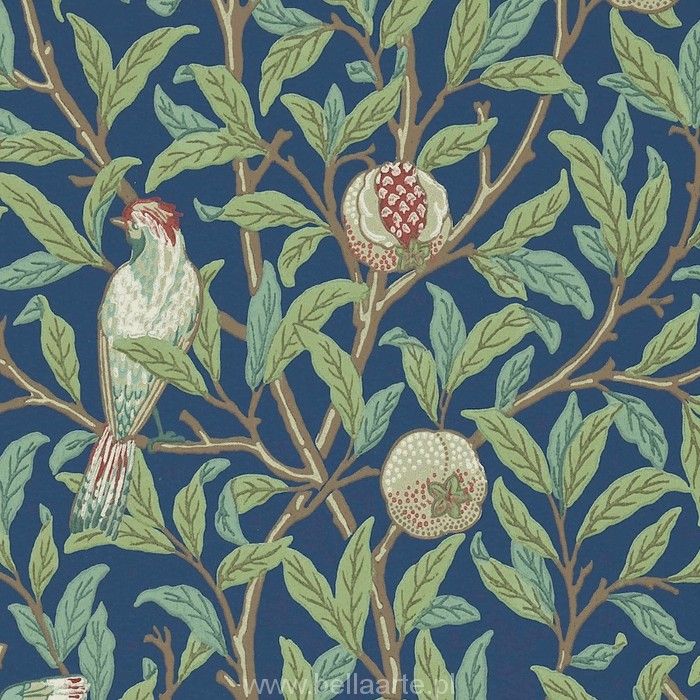 Born in Walthamstow, near London, in the family of a wealthy businessman. In February 1848 he entered Marlborough College, intending to study at Oxford University in the future. A lifelong awareness of church architecture, archeology and medieval history determined his commitment to the Middle Ages. He graduated from Oxford University in 1856 with a Bachelor of Arts degree; while still at university, he became interested in the work of John Ruskin and the art of the Middle Ages, one of the founders of the Pre-Raphaelite Brotherhood.
Born in Walthamstow, near London, in the family of a wealthy businessman. In February 1848 he entered Marlborough College, intending to study at Oxford University in the future. A lifelong awareness of church architecture, archeology and medieval history determined his commitment to the Middle Ages. He graduated from Oxford University in 1856 with a Bachelor of Arts degree; while still at university, he became interested in the work of John Ruskin and the art of the Middle Ages, one of the founders of the Pre-Raphaelite Brotherhood.  Burne-Jones and Morris defined the main concept of the firm and focused on emulating the medieval craft workshop. They defined art as "the expression of human joy in work" and viewed it as an essential part of human life. While working for this firm, Morris created a number of new types and printing techniques in the spirit of the pioneer printers (his Kelmscott Press volume of Chaucer's Canterbury Tales is considered one of the finest books ever printed).
Burne-Jones and Morris defined the main concept of the firm and focused on emulating the medieval craft workshop. They defined art as "the expression of human joy in work" and viewed it as an essential part of human life. While working for this firm, Morris created a number of new types and printing techniques in the spirit of the pioneer printers (his Kelmscott Press volume of Chaucer's Canterbury Tales is considered one of the finest books ever printed). 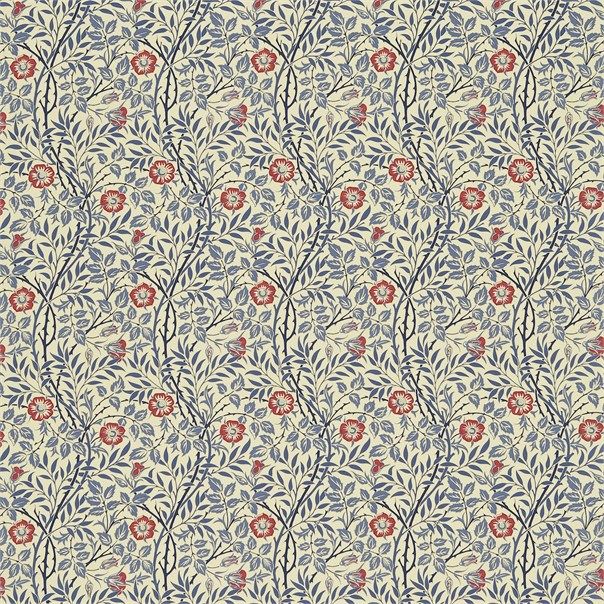 Translated Icelandic sagas that influenced his own work; translator of the Aeneid and the Odyssey.
Translated Icelandic sagas that influenced his own work; translator of the Aeneid and the Odyssey. 